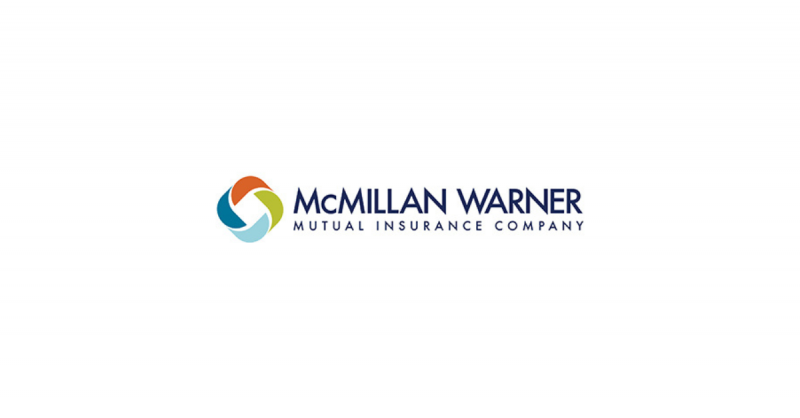Cybersecurity: Ransomware attacks cause failure in nearly one-third of data backups
According to At-Bay, Inc., more than one in four (31%) firms reported being unable to retrieve their data following a ransomware attack, even though 92% of organizations had backed up their data, whether it was on-site, offsite, or in the cloud.
In comparison to companies who successfully restore data, the average claims cost for corporations that fail to do so is $190,000.
The insurance company and surplus lines broker claim that a successful recovery of data after a ransomware attack can save a cyber incident’s total cost by up to 41 percent. Businesses that recover their data successfully are three times less likely to comply with a ransom demand.
Not many security professionals find data backups and the numerous solutions on the market particularly exciting. It’s important to note, though, that some backup plans may end up being far more successful than others. Making the correct decision can decrease the risk that a company will have to pay a ransom by up to three times.
After reviewing its claims data, At-Bay concluded that the cloud backup architecture provided the best chance for effective data restoration. Eighty percent of businesses that used cloud backups recovered.
The remarkable success rate of cloud technology
With an 80% effective recovery rate, cloud backup architecture outperforms offshore backup by a factor of 1.5. Moreover, ransomware was paid 2.5 times more frequently by those using offsite backups than by those using cloud backups.
Optimal approaches to develop an effective data backup strategy
The four suggestions that follow can improve any backup plan and help a company recover from a cyberattack.
1. Understand the interconnectedness of systems
It is not sufficient to just copy data elements and store them in one or two repositories; instead, it is essential to catalog and classify the ways in which the system functions. Data that has been carelessly dumped can cause the restoration process to lag while IT personnel try to figure out which apps use the data.
2. Implement robust password security measures
Organizations must take extra precautions to secure passwords and other login credentials for backup accounts since hackers may target these accounts. In order to achieve this, it is advised to create a different Active Directory account with a stronger password.
3. Acquire the required bandwidth
A quick internet connection is essential while recovering from the cloud. The repair process of a business might be severely hampered by slow speeds. It is crucial to keep in mind that data can only go so fast over Ethernet, and moving terabytes of data can take days or even weeks.
4. Consistently verify the integrity of backups
Verify the backup’s functionality and file completeness by running restoration tests.











